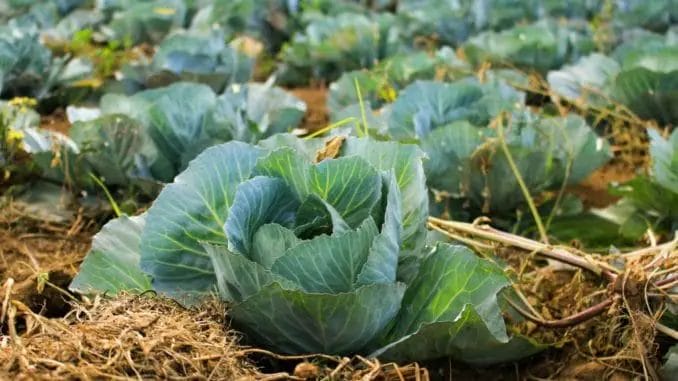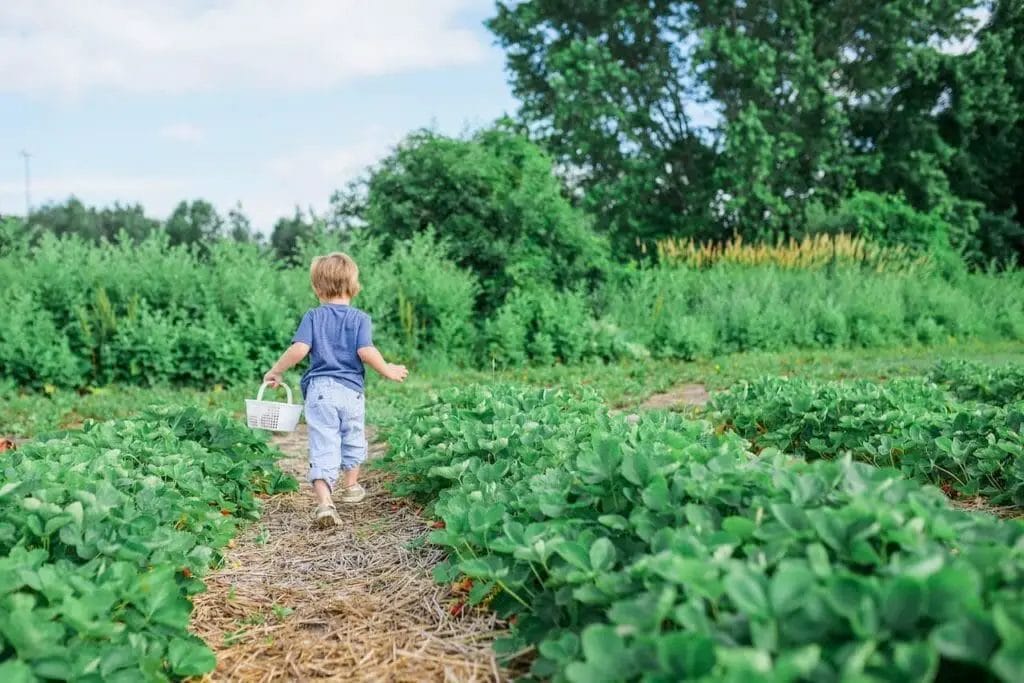
Starting your own vegetable garden is a journey that nourishes both the body and the soul. In our fast-paced world, the simple Danish pleasure of planting seeds and nurturing them into full growth embodies ‘hygge'—the Danish concept of coziness and contentment. Beyond the fresh, flavorful produce you’ll harvest, gardening offers a sense of achievement, a connection to nature, and a peaceful retreat from the digital world.
Laying the Groundwork
In Denmark, planning your garden is crucial due to the varying daylight hours and climate conditions. Consider the space available—be it a cozy balcony in Copenhagen or a sprawling backyard in rural Jutland—and choose a location that receives ample sunlight.
Most vegetables thrive with 6 to 8 hours of direct sunlight, which is especially important during Denmark’s shorter summer days. The role of sunlight can't be overstated; it's as vital to plants as a whole house generator is to your home during a power outage, providing a consistent source of energy that ensures their growth and vitality.
Understanding your soil is key. Due to Denmark's varied landscapes, from sandy soils near the coasts to richer earth inland, testing your soil to understand its type and nutrient content is essential. Adjust as necessary to create the perfect bed for your vegetable garden.
Choosing Your Crops
Selecting the right vegetables to grow means considering the cooler climate and shorter growing season. Start with crops that are hardy and can withstand cooler temperatures, such as root vegetables (potatoes, carrots, and beets) and leafy greens (kale, spinach, and lettuce).
Embracing the Climate
Gardening in Denmark requires a keen understanding of its distinct seasons and weather patterns, which can vary from mild, wet winters to pleasantly warm summers. To navigate this, a seasonal gardening calendar becomes an indispensable tool for Danish gardeners.
Your calendar should guide you through the critical tasks for each month, from sowing seeds indoors in the early spring to preparing your garden for winter in the fall. Early spring invites the sowing of hardy vegetables and flowers indoors, awaiting the last frost's pass before transplanting outdoors. Summer is the peak time for planting, tending, and harvesting the majority of crops, taking advantage of Denmark's long daylight hours. As autumn approaches, it's time to sow cold-tolerant crops and begin the harvest of root vegetables and squashes.
Given the cooler climate, winter gardening in Denmark might seem challenging, yet it offers unique opportunities for those willing to explore. Utilising greenhouses or cold frames can extend the growing season, allowing for the cultivation of hardy greens and herbs well into the colder months. Indoor gardening also becomes a viable option, with herbs and some leafy greens thriving on windowsills, bringing life and freshness into Danish homes even as the outside world turns frosty.

Cultural and Culinary Insights
In Denmark, the garden is not just a source of sustenance but a connection to the country's rich culinary heritage. Traditional Danish vegetables like root vegetables (parsnips, turnips, and beets) and herbs (dill, chervil, and parsley) are essential for anyone looking to explore the depth of Danish cuisine through gardening. Growing these plants provides the freshest ingredients for traditional recipes, reinforcing the garden-to-table lifestyle cherished in Denmark.
The cultivation and culinary use of these traditional ingredients serves as a cultural bridge, linking modern tables with Denmark’s rich gastronomic past. It allows for a creative exploration of flavors while honoring the rhythms of nature and fostering a sense of community and heritage. From hearty stews in winter to light salads in summer, the garden enriches every meal, making the act of cooking and eating a celebration of Danish culture and the simple pleasures of life.
Soil and Composting
Rich, fertile soil is the backbone of a thriving garden. Denmark’s emphasis on sustainability and organic living translates into gardening practices as well. Enrich your garden bed with compost to improve soil fertility—embracing the Danish commitment to eco-friendly living. Composting kitchen and garden waste not only recycles nutrients but also supports Denmark’s broader environmental goals.
Watering Wisely
Given Denmark’s varied precipitation, watering your garden wisely is essential. While some parts of Denmark receive ample rainfall, others may have drier spells. The best time to water is early in the morning, conserving water and ensuring plants receive moisture before the day warms up. Drip irrigation or soaker hoses are efficient methods that align with the Danish value of resource conservation.
Pest and Disease Management
Maintaining a healthy garden involves regular monitoring for pests and diseases, with a preference for natural and organic methods. Denmark's gardening community often leans towards eco-friendly solutions, such as introducing beneficial insects or using organic neem oil. Crop rotation is also a valuable practice to prevent disease and pest infestations.
Cultivating a Green Thumb
Gardening is a continual learning journey. In Denmark, joining local gardening communities or forums can be incredibly beneficial. Sharing tips and advice with fellow enthusiasts can enrich your gardening experience. Patience and persistence are key, reflecting the Danish ethos of steady, appreciative engagement with life’s simple pleasures.
Enjoy the Journey
As you tend your garden, you’ll find it’s not just vegetables you’re growing but also a deeper sense of ‘hygge', health, and happiness. Harvesting your produce becomes a celebration of self-reliance and connection to the landscape. Your garden is more than a source of food; it’s a sanctuary for growth, learning, and tranquillity, embodying the best of Danish living.

Be the first to comment